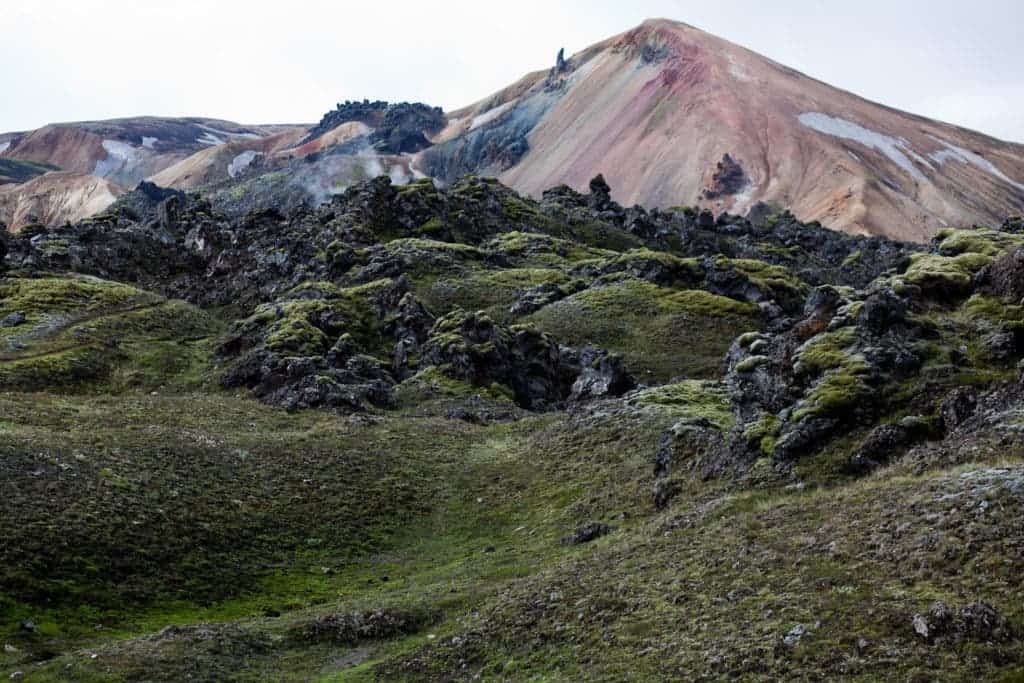NASA is getting ready for its next mission to Mars in 2020 and, as part of its training, it decided to take its new robotic space explorer to the lava fields of Island as a stand-in for the Red Planet’s surface.

A group of 15 scientists and engineers was sent by the US space agency to the Lambahraun lava field at the foot of Iceland’s second biggest glacier, Langjokull, where it will develop a prototype.
The team will aim to continue the work of the ‘Curiosity’ rover, which has been exploring Mars since 2012 in search of signs of ancient life and making preparations for human exploration.
Iceland and its volcanic scenery in the middle of the North Atlantic are in many ways reminiscent of the fourth planet from the Sun, experts said.
“It’s a very good analog for Mars exploration and learning how to drive Mars rovers,” said Adam Deslauriers, manager of space and education, at Canada’s Mission Control Space Services.
The prototype being manufactured is a small, electric vehicle with white panels and an orange chassis. It has a four-wheel-drive propelled by two motors and is powered by 12 small car batteries stacked inside.
“This rover we have is basically indestructible,” Deslauriers said. ‘The rovers that we have on Mars and the Moon would be a lot more sensitive to the environment and conditions of Iceland.”
The rover is equipped with sensors, a computer, a dual-lens camera and controlled remotely. It moves its approximately 570 kilograms (1,257 pounds) bulk at a leisurely speed of about 20 centimeters (7.9 inches) per second.
Thanks to its sensors and camera, the rover gathers and classifies data from its environment and sends back the findings. The engineers then package the data and forward it to a tent where the scientists are huddled, to simulate how the data would be sent from Mars to Earth.
The rover used in Iceland is just a prototype for the one that will be going to Mars next year. That one, which has yet to be named, will also be able to collect samples and store them in tubes to be brought back to Earth by future missions.
As the prototype isn’t capable of doing this, researchers walk to the study area armed with radiometers and other equipment, to collect all the data samples that the finished rover would be able to do.
‘The mineralogy in Iceland is very similar to what we would find on Mars,” Ryan Ewing, associate professor of geology at Texas A&M University, said. “In addition to that, we don’t have much vegetation, it’s cold and we have some of the environments like sand dunes and rivers and glaciers that Mars has evidence of in the past,” Ewing said.
This is not the first time Iceland is used as a training ground for NASA missions. During the Apollo mission years, 32 astronauts in the mid-1960s received geological training in the Askja lava fields and near the Krafla crater in the north of the country.






